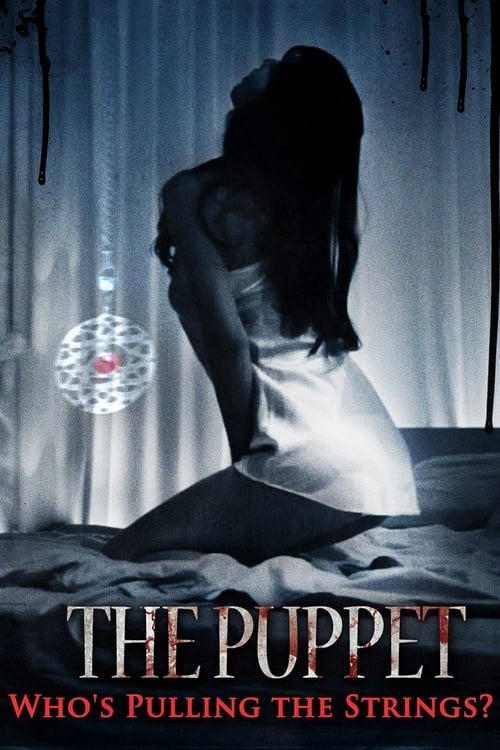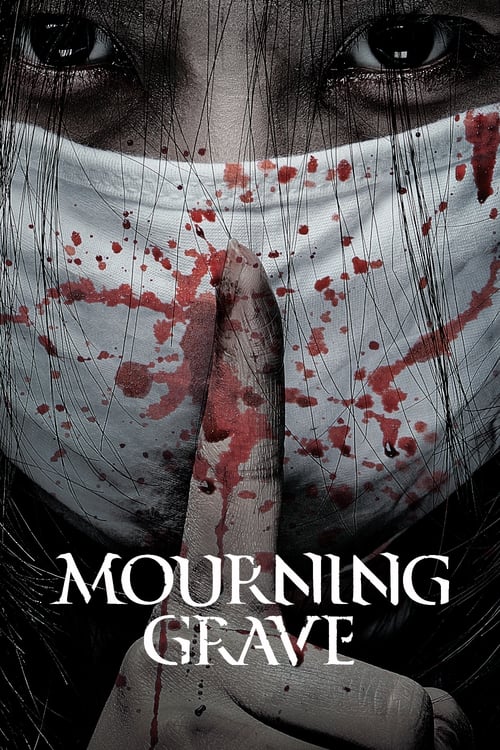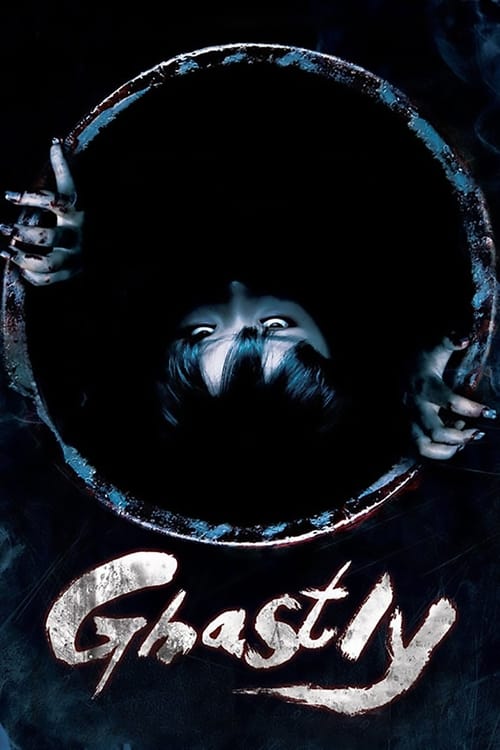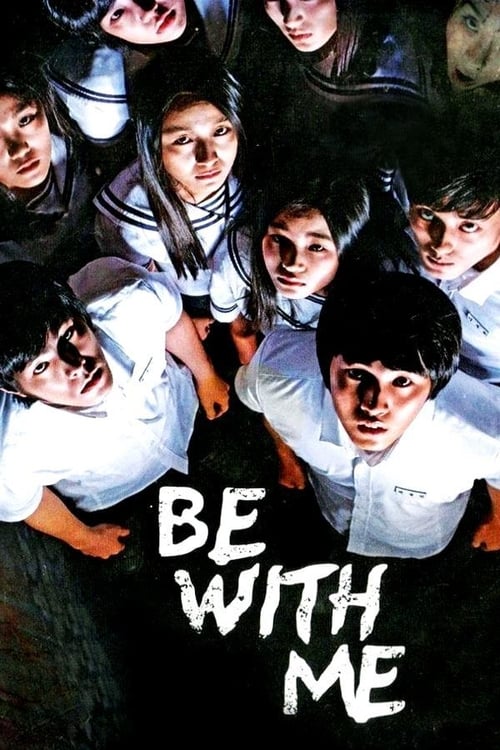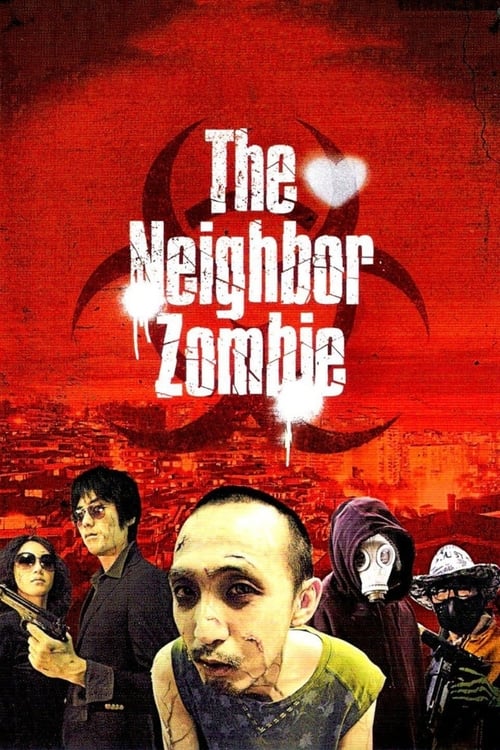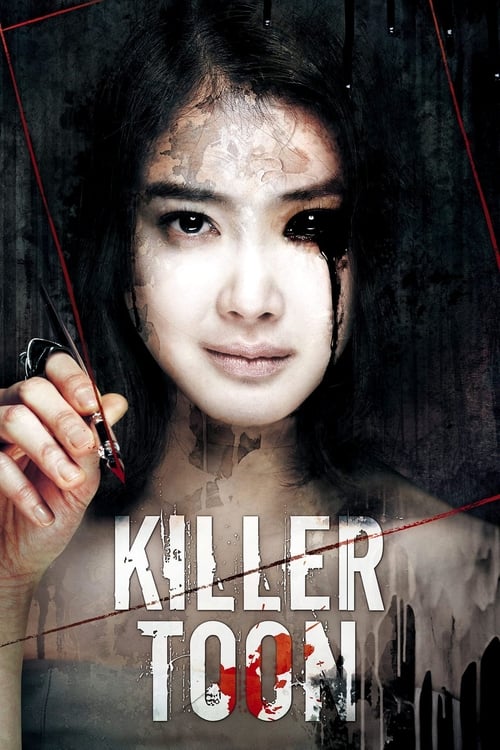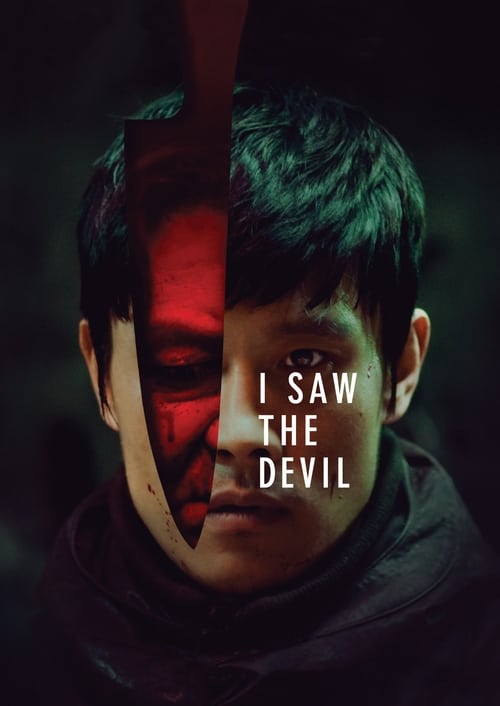
Ask Your Own Question
What is the plot?
The film opens in a dimly lit psychiatric clinic in Seoul, 2013, where Dr. Han Jung-su, a jaded and emotionally distant psychiatrist, begins treating a peculiar new patient named So-yeon Kim. So-yeon is plagued by vivid hallucinations and fragmented memories that hint at a traumatic past. Her eyes dart nervously as she whispers, "I don't know what's real anymore," setting a tense atmosphere that immediately immerses the viewer in her fractured psyche.
Dr. Han, initially clinical and detached, soon becomes intrigued by So-yeon's case. He decides to use hypnotism to delve into her subconscious, hoping to uncover the roots of her torment. During their sessions, So-yeon slips into a trance, her voice transforming as she recounts shadowy figures and unsettling events from her childhood. The camera lingers on her pale face, beads of sweat forming as she murmurs, "They're always watching me… controlling me like a puppet."
As the hypnotic sessions progress, Han's professional boundaries begin to blur. He becomes obsessed with So-yeon's story, and their relationship grows increasingly intimate and volatile. In one charged scene, Han leans close, whispering, "You're not just my patient anymore. You're mine." The tension crackles between them, a dangerous mix of power and vulnerability.
So-yeon reveals that her past is haunted by a sinister presence--her father, a cruel puppeteer who manipulated her both physically and psychologically. Flashbacks, rendered in stark, unsettling visuals, show a young So-yeon trapped in a dark room, strings attached to her limbs, her father's shadow looming large. These memories hint at abuse and control, explaining her current mental state.
The narrative deepens when Han discovers that So-yeon's hallucinations may not be mere delusions. He uncovers evidence suggesting that her father's death was suspicious, possibly a murder disguised as an accident. Han's investigation leads him to a decrepit puppet theater on the outskirts of the city, where he confronts the theater's caretaker, a gaunt man named Mr. Lee, who cryptically warns, "Some puppets never cut their strings."
Back in the clinic, So-yeon's condition deteriorates. She becomes violent and erratic, attacking Han during a session with a broken glass shard, narrowly missing his throat. "You're trying to control me!" she screams, eyes wild with fear and rage. Han restrains her, shaken but determined to save her.
The film's tension escalates as Han's own grip on reality weakens. He begins to experience hallucinations mirroring So-yeon's, blurring the lines between doctor and patient. In a chilling scene, Han sees himself as a puppet, his limbs jerked by unseen hands. Desperate, he returns to hypnotism, pushing So-yeon deeper into her subconscious.
During a climactic session, So-yeon reveals a devastating truth: her father's death was orchestrated by her mother, who sought freedom from his tyranny but was consumed by guilt. The revelation fractures So-yeon's mind further, and she collapses into a catatonic state.
In the film's final act, Han confronts So-yeon's mother in a tense, rain-soaked alley. The mother confesses, tears streaming, "I killed him to save her… but I only made things worse." Suddenly, the mother is struck by a speeding car, dying instantly--a tragic and abrupt end that underscores the film's bleak tone.
Returning to the clinic, Han finds So-yeon unresponsive. In a haunting final scene, he whispers to her, "You're free now," as he cuts the puppet strings from a marionette doll, symbolizing release from control. Yet the camera pulls back to reveal Han alone in the darkened room, his face a mask of despair and uncertainty.
The film closes ambiguously, leaving viewers questioning who truly controls whom--the puppet, the puppeteer, or the psychiatrist himself. Every major character--Han Jung-su, So-yeon Kim, and her mother--faces death or psychological ruin, and the narrative's twists reveal a harrowing exploration of power, trauma, and identity. The chilling interplay of hypnotism, hallucination, and reality culminates in a stark meditation on the human psyche's fragility.
What is the ending?
In the ending of "The Puppet," the protagonist, a struggling puppeteer named Max, confronts the dark forces that have been manipulating his life and career. After a series of harrowing events, he ultimately faces the puppet that symbolizes his inner turmoil. The film concludes with Max making a choice that leads to a tragic yet liberating resolution, allowing him to reclaim his identity.
As the final act unfolds, the atmosphere is thick with tension. Max, having been haunted by the puppet that has taken on a life of its own, finds himself in a dimly lit theater, the stage set for a final performance. The audience is eerily silent, their faces obscured in the shadows, reflecting the weight of Max's internal struggle. He stands alone, clutching the puppet, which has become a manifestation of his fears and regrets.
In this climactic moment, Max's emotional state is a tumultuous blend of fear, desperation, and a flicker of hope. He recalls the moments that led him to this point: the failures, the betrayals, and the relentless pursuit of his dreams that have now turned into a nightmare. The puppet, with its lifelike movements and haunting gaze, seems to taunt him, reminding him of the control it has exerted over his life.
As he begins the performance, the lines between reality and illusion blur. The puppet dances and speaks, echoing Max's own thoughts and insecurities. The audience, entranced yet uneasy, watches as Max pours his heart into the act, revealing his deepest vulnerabilities. Each movement is a cathartic release, a confrontation with the darkness that has plagued him.
In a pivotal moment, Max realizes that to break free from the puppet's grip, he must confront the source of his pain. He reaches a breaking point, and in a powerful gesture, he tears the puppet apart, symbolizing his rejection of the forces that have controlled him. The audience gasps, the tension palpable as the pieces of the puppet fall to the ground, a visual representation of Max's liberation.
As the dust settles, Max stands amidst the remnants of the puppet, breathing heavily, a mix of relief and sorrow washing over him. He has faced his demons, but the cost has been high. The theater, once a place of dreams, now feels like a graveyard of his aspirations. The audience, moved by the raw emotion of the performance, begins to applaud, but the sound feels distant to Max, who is lost in his thoughts.
In the final moments, we see Max stepping away from the stage, leaving behind the remnants of his past. He walks into the night, the weight of his choices heavy on his shoulders. The film closes with a shot of the torn puppet lying on the stage, a haunting reminder of the struggle between creation and destruction, and the price of reclaiming one's identity.
The fates of the main characters are intertwined with this resolution. Max, though scarred, emerges with a newfound sense of self, ready to face the world without the puppet's influence. The puppet, once a symbol of his fears, is now a shattered relic of his past, signifying the end of a chapter in his life. The audience, having witnessed this transformation, is left to ponder the complexities of ambition, control, and the human spirit's resilience.
Is there a post-credit scene?
In the movie "The Puppet" produced in 2013, there is no post-credit scene. The film concludes its narrative without any additional scenes or content after the credits roll. The story wraps up with a focus on the emotional resolution of the characters, leaving the audience with a sense of closure regarding the events that transpired throughout the film.
What motivates the main character, a puppeteer, to create his puppet in the story?
The main character, a puppeteer named Henry, is driven by a deep sense of loneliness and a desire for connection. His life is marked by isolation, and he uses his puppetry as a means to express his emotions and communicate with the world around him. The creation of his puppet symbolizes his longing for companionship and understanding.
How does the relationship between Henry and his puppet evolve throughout the film?
Initially, Henry views his puppet as a mere extension of his artistic expression. However, as the story progresses, the puppet begins to take on a life of its own, reflecting Henry's inner turmoil and desires. This evolution leads to a complex relationship where Henry struggles with the puppet's growing independence, ultimately confronting his own fears and insecurities.
What role does the mysterious woman play in Henry's life and his journey as a puppeteer?
The mysterious woman, who appears in Henry's life, serves as a catalyst for his emotional awakening. She represents the possibility of real human connection, contrasting with the artificial relationships he has with his puppets. Her presence challenges Henry to confront his fears of intimacy and vulnerability, pushing him to explore the depths of his own emotions.
What is the significance of the puppet's transformation in the climax of the film?
In the climax, the puppet undergoes a dramatic transformation that symbolizes Henry's internal struggle. This transformation is not just physical but also emotional, as the puppet begins to embody Henry's repressed feelings and desires. This moment serves as a turning point for Henry, forcing him to confront the consequences of his isolation and the need for genuine human connection.
How does the film depict the theme of control through Henry's interactions with his puppet?
The theme of control is intricately woven into Henry's interactions with his puppet. At first, Henry believes he has complete control over the puppet, using it to express his thoughts and feelings. However, as the puppet begins to assert its own identity, Henry's sense of control slips away, mirroring his struggle with his own life. This dynamic highlights the tension between creator and creation, ultimately leading Henry to realize that true connection requires relinquishing control.
Is this family friendly?
"The Puppet," produced in 2013, is not considered family-friendly due to its darker themes and emotional intensity. Here are some potentially objectionable or upsetting aspects that may affect children or sensitive viewers:
-
Themes of Isolation and Loneliness: The film explores deep emotional struggles, including feelings of abandonment and despair, which may be distressing for younger audiences.
-
Depictions of Mental Distress: Characters experience significant psychological turmoil, which could be unsettling for viewers who are sensitive to mental health issues.
-
Intense Emotional Scenes: There are moments of heightened emotional conflict that may evoke strong feelings of sadness or anxiety.
-
Symbolic Imagery: The use of puppetry as a metaphor for control and manipulation can be interpreted in a way that might be disturbing, especially for younger viewers.
-
Dark Atmosphere: The overall tone of the film is somber and may create an unsettling viewing experience.
These elements contribute to a narrative that is more suitable for mature audiences rather than children.

